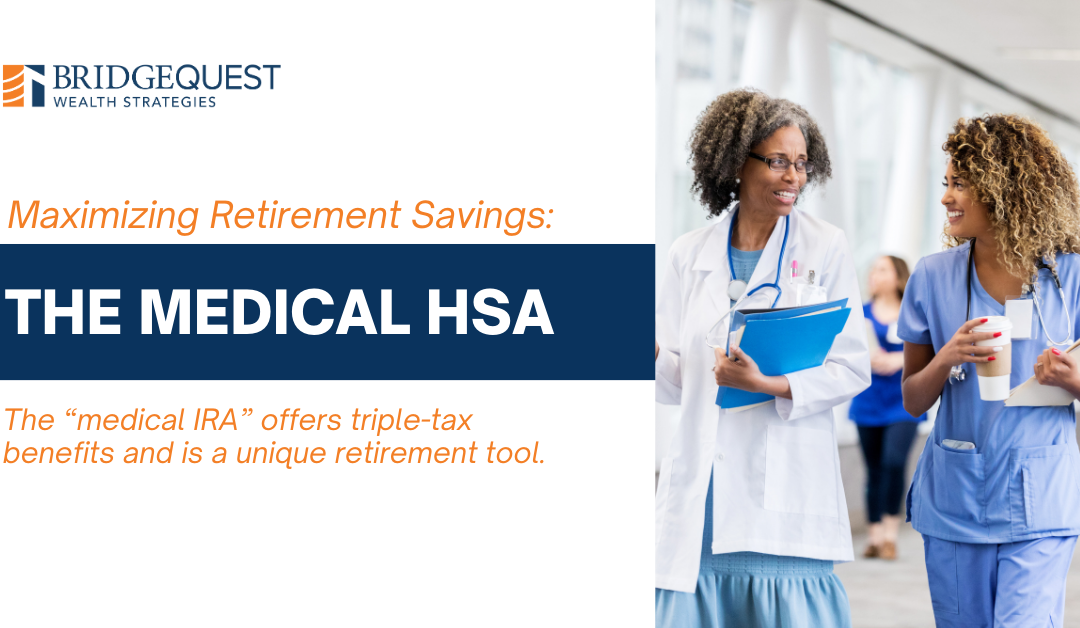The “medical IRA” offers triple-tax benefits and is a unique retirement tool
As retirement planning becomes increasingly complex, one vehicle is gaining attention for its potent blend of savings and tax advantages: the Health Savings Account (HSA), often dubbed the “medical IRA.” This unique account stands out in the financial landscape for its triple-tax benefits, making it an essential tool for individuals pursuing medical and financial well-being in retirement.
Understanding the HSA
The HSA is more than just a savings account. It’s a strategic investment platform that, under certain conditions, allows for tax-free contributions, growth, and withdrawals. To be eligible, one must be enrolled in a high-deductible health plan (HDHP) among other criteria. The HSA can cover a wide range of qualified medical expenses prior to age 65, including doctor visits, dental and vision care, and prescriptions, making it a versatile asset in managing healthcare costs.
The Triple-Tax Advantage
1. Tax-Deductible Contributions: Contributions to an HSA are made with pre-tax dollars, effectively reducing your taxable income. This immediate tax break can yield significant savings, lowering your overall tax bill.
2. Tax-Free Growth: The funds within an HSA grow tax-free. This means any interest, dividends, or capital gains accumulate without being subject to taxes, allowing the account to grow more rapidly.
3. Tax-Free Withdrawals for Medical Expenses: Withdrawals from an HSA for qualified medical expenses are tax-free, even in retirement. This benefit is particularly valuable as healthcare costs often become a more significant part of household spending in later years.
Making the Most of Your HSA
Maximize Contributions: For 2023, the contribution limits are $3,850 for individuals and $7,750 for families, with an additional $1,000 catch-up contribution for those aged 55 and older. By 2024, these limits increase to $4,150 for individuals and $8,300 for families. Maximizing your contributions can improve your tax savings and provide a larger fund for future medical expenses.
Plan for the Long Term: Instead of using your HSA for current medical expenses, consider paying out-of-pocket if you’re able, allowing your HSA to grow over time. This strategy can build a substantial tax-free fund for healthcare costs in retirement.
Understand the Rules: After age 65, you can withdraw funds from your HSA for non-medical expenses without penalty, but these withdrawals will be taxed as income.
However, medical expenses remain tax-free, underscoring the HSA’s role as a retirement healthcare fund.
Deadline and Planning Considerations
The deadline for 2023 contributions is April 15, 2024, offering a valuable window to maximize your contributions and tax benefits for the current year.
Looking ahead, adjusting your retirement savings strategy to incorporate the increased 2024 contribution limits can further bolster your financial readiness for healthcare costs in retirement.
Important Disclosures
This material was created for educational and informational purposes only and is not intended as tax, legal or investment advice. If you are seeking tax, legal or investment advice specific to your needs, such advice services must be obtained on your own separate from this educational material.
This article was prepared by FMeX.
LPL Tracking #545384

